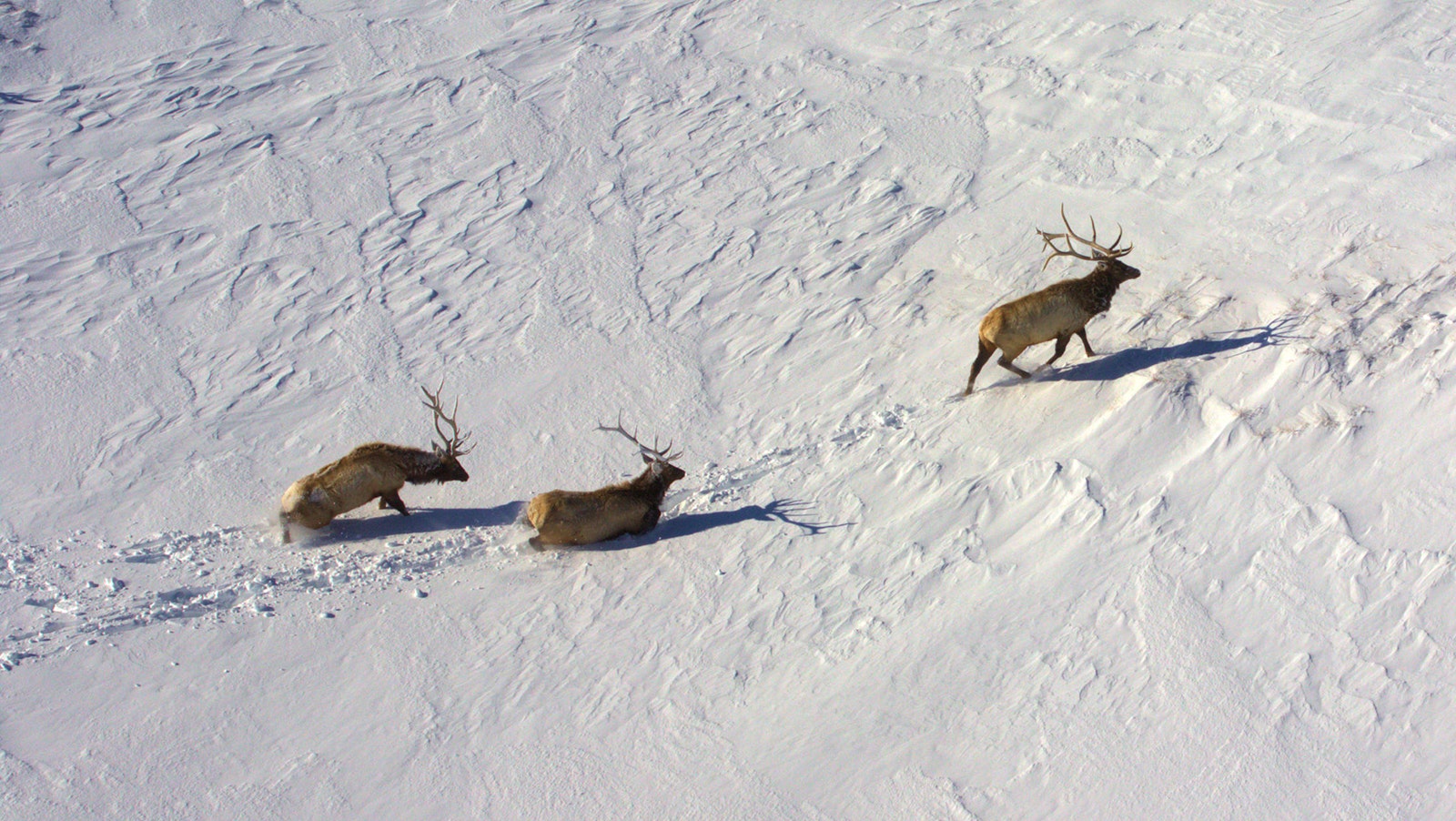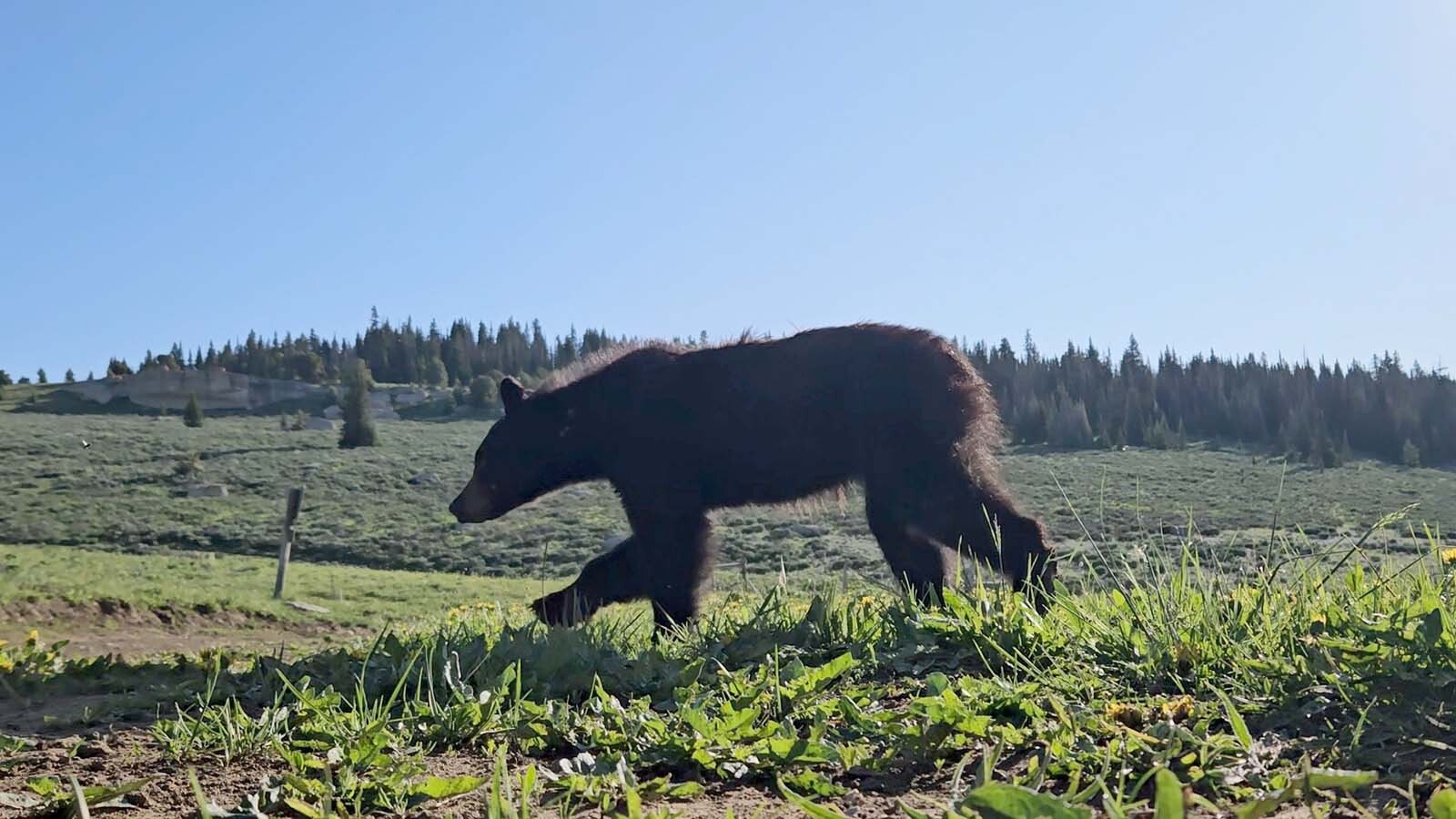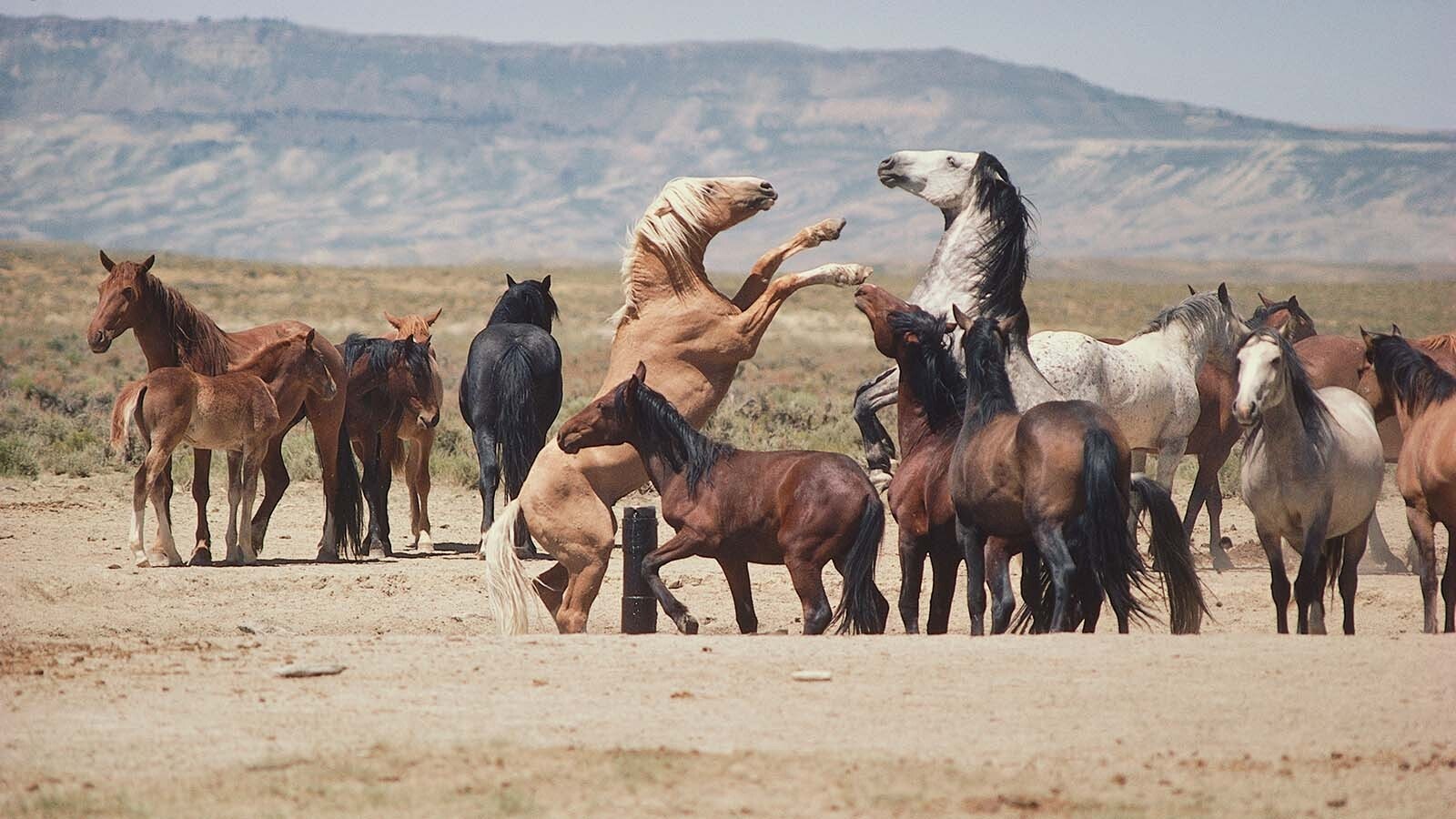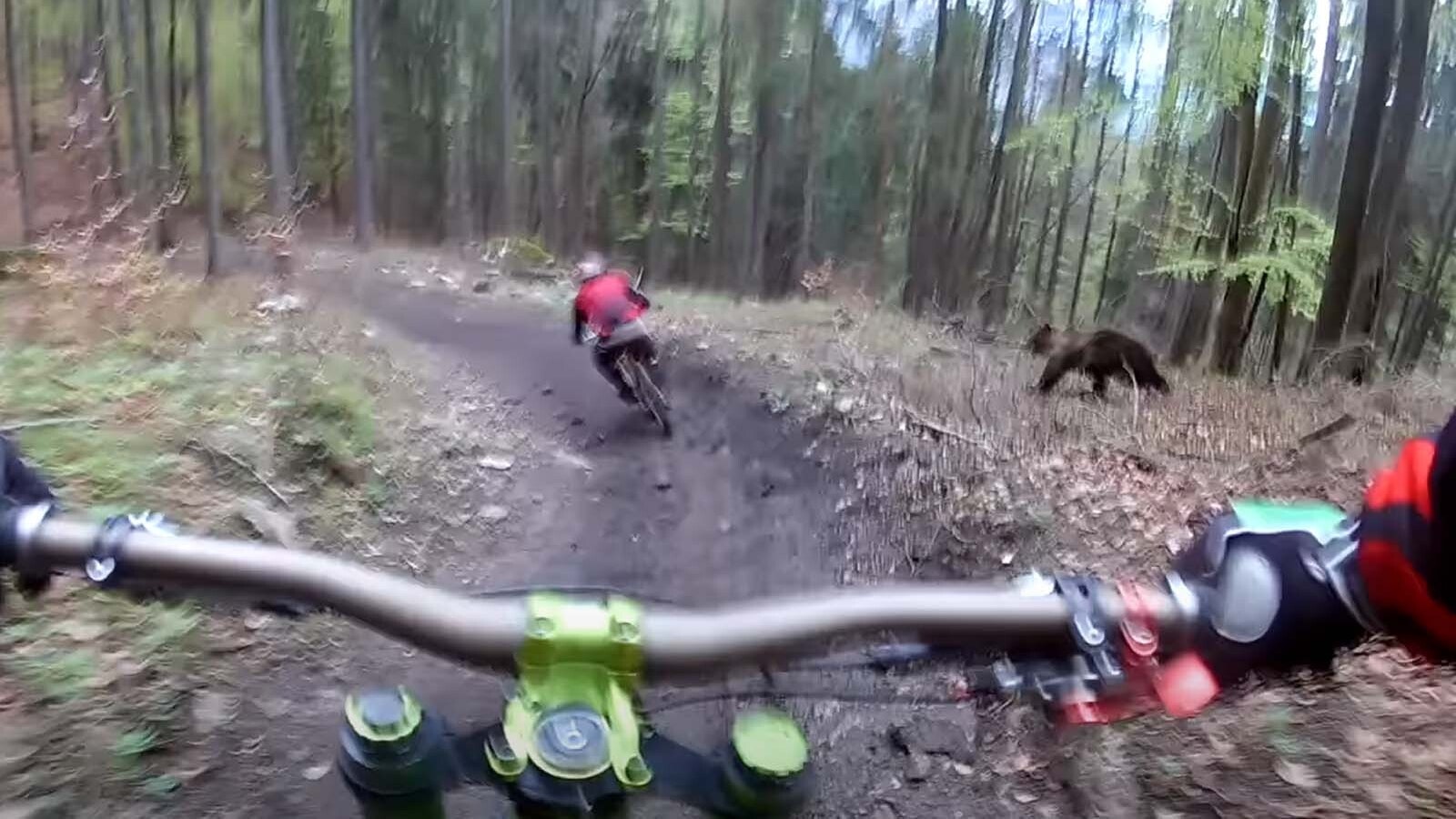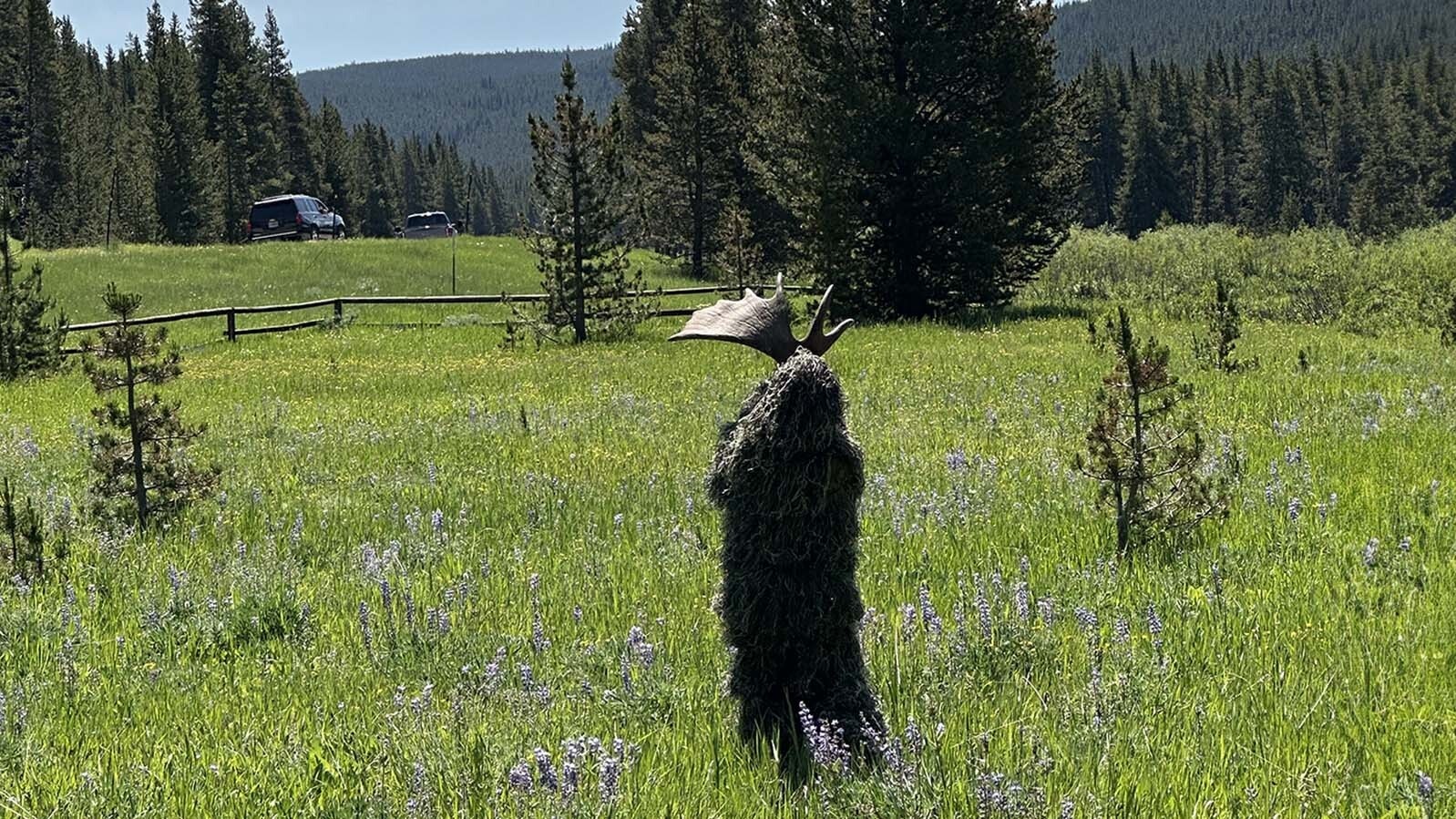The Red Desert and the larger area surrounding Rawlins is usually a winter haven for wildlife – one of the few places elk, deer and antelope can migrate to where large patches of ground afford at least some forage.
That’s not happening this year, and as many as half of the antelope in the area, as well as significant numbers of mule deer, are expected to die as a result, some Wyoming Game and Fish Department officials said.
Radio collars are telling a heart-wrenching story in some areas.
Game and Fish frequently captures animals to be fitted with radio collars and turned loose, so biologists can track their movements and learn information about the herds. And the news this winter hasn’t been good.
In one Red Desert antelope herd, 14 of 33 collared animals died in January, Rawlins area Game and Fish biologist Greg Hiatt said in a recorded report shared with Cowboy State Daily.
“Based on the death of collared animals, roughly half the herd is expected to have died this winter” in a scenario repeated across the region, he said.
Since that region has some of the highest concentration of Wyoming’s estimated nearly half-million antelope, that could mean thousands of animals killed by winter.
And in the Green Mountain area, five of six radio collared mule deer died in January and February, he said.
Crusted Snow Makes Food Unavailable
High winds usually sweep large parts of the region clear of snow, but this year, unusually heavy snowfall, combined with colder temperatures, has created multiple layers of deep, “crusted” snow that many animals simply can’t paw their way through to get to food, Ian Tator, the Game and Fish terrestrial habitat program manager, told Cowboy State Daily.
Daryl Lutz, Game and Fish wildlife management coordinator for the Lander region, agreed.
“It’s a little bit more of a mixed bag around Lander,” he told Cowboy State Daily. “But it’s not as severe as Rawlins. Rawlins is having what I would call an epic winter. I compare it to the winter of 1949 that people still talk about.”
And for wildlife, the worst is probably yet to come, Lutz added.
Because of severe cold, animals “are going through their resources, their fat reserves much quicker. This is the time of year we start to see more mortality.”

Expect Big Cuts In Antelope Tags
Thick, crusty snow is in some places making it virtually impossible for antelope to even move about, much less get to food, Tator said.
Deer also are struggling, although elk, by virtue of their size, are doing better getting through the snow, he said. Elk also can get by on a wider variety of food than deer and antelope can properly digest.
Game and Fish is in the process of setting hunting seasons and tag limits for this fall.
Antelope and mule deer herds in the Rawlins-Red Desert region were already reeling from hard winters in 2018-2019 and 2019-2020, Hiatt said. With this winter expected to take such a massive toll, the number of antelope hunting tags issued also could be cut in half.
In one particular area – east of the Continental Divide and north of Wise Dugout Draw in antelope hunt area 62 – Game and Fish is recommending no “type 2” or “any antelope” tags be issued at all this year, he said.
Avid hunter Jaden Bales of Lander said that while things look grim for antelope hunting this fall, the herds should bounce back in a few years.
“It’s a bummer for this year, but it’s good for the habitat following major drought years,” he told Cowboy State Daily. “Hunting in 2028 is going to be really good!”
Meanwhile, hunters who can’t get antelope tags have alternatives, Bales said.
“I will say, it’s a good time to hunt whitetail (deer) and elk,” he said. “There are lots of tags available there that people may not have noticed or thought about these last couple of years.”
Statewide Picture A Little Better
Across the state and for all species, the winter survival outlook might not be so grim as it is in central and southwestern Wyoming, Tator said.
“Our yearly season-setting process is intentionally designed to be responsive to these types of situations,” he said. “Wyoming winters can be tough. Our wildlife populations have evolved with these conditions and we have seen in the past that individuals that survive tough winters tend to flourish with the increased forage provided by the above average snowpack. “
He added that winter kill usually hits the youngest and oldest animals the hardest.
“Typically, prime-age animals are the least affected,” he said.
People Need To Do Their Part
While people might be tempted to feed animals, that can often cause more harm than good.
Instead, the best thing people can do for wildlife as they struggle though the anticipated big snows of March and April is to just leave them alone, outdoorsman and retired forester Karl Brauneis of Lander Told Cowboy State Daily.
“I think it is imperative for the public to know that these animals are stressed and in a survival stage to make it through to snowmelt and green-up,” he said.
“I think that requires us as humans to make simple personal choices to slow down in vehicles near wildlife and or to give them wide berth when walking or hiking. (Example: I have turned back on the trail when encountering moose this time of year to give them wide berth),” Brauneis said. “The best recommendation is for the public to be extra observant to do what we can to help alleviate the stress of human encounters.”
Brauneis added that he’s noticed many animals retreating out of the mountains near Lander, finding respite and some forage on ranchland.
“We all need to recognize our farmers and ranchers who take on this added burden, particularly in this long winter,” he said.

